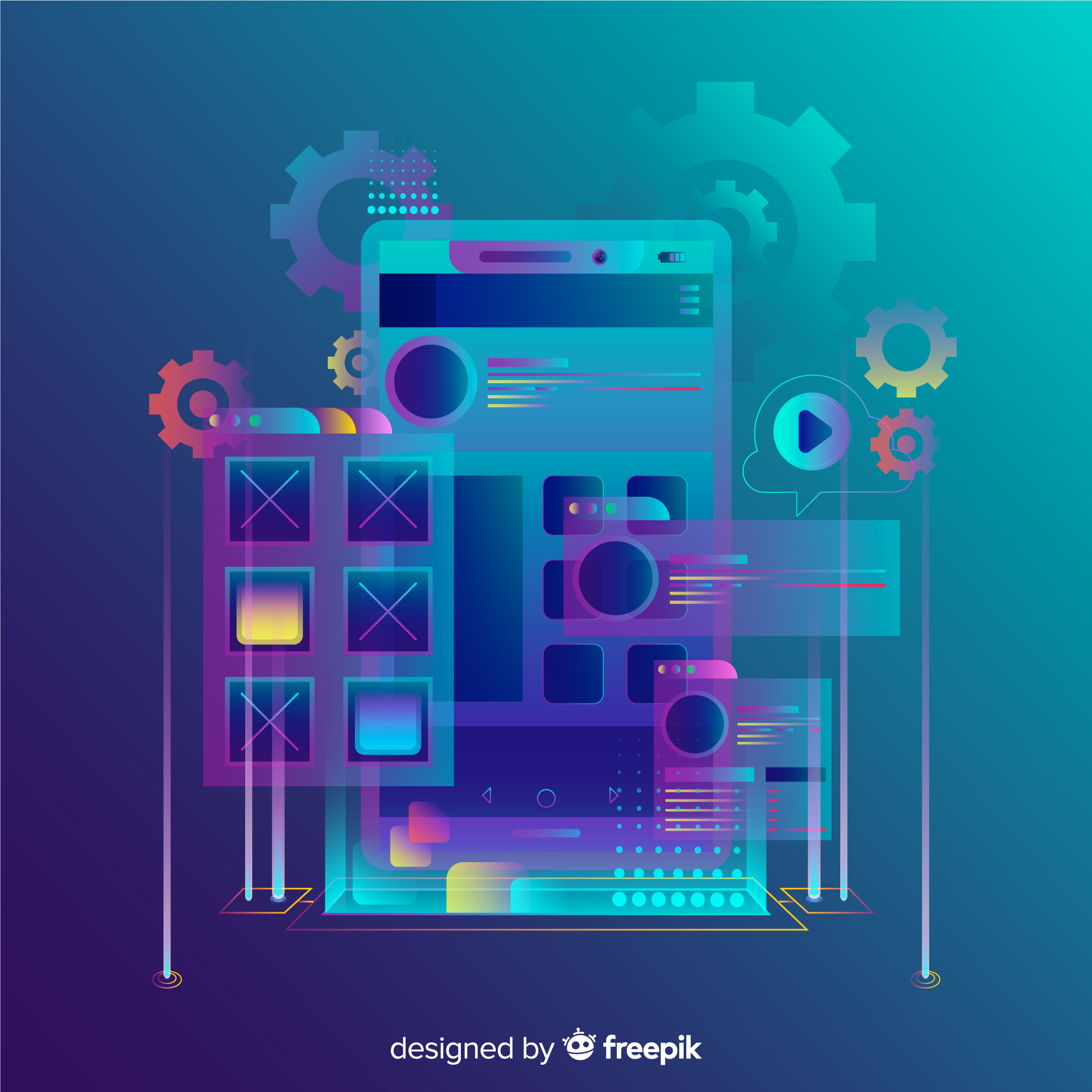Introduction
iOS application development germinated way back in 2007 when the first-generation iPhone was launched. Mobile Phones were instantly transformed into pocket-sized entertainment, business, and lifestyle centers, where consumers would soon spend way more of their time than they could ever imagine.
When we refer to iOS application development today, it means making applications for Mobile Apple Hardware such as iPhone, iPad and IPod Touch. The software is written in the Swift programming language or Objective-C and then deployed to the App Store for download.
As a mobile app developer, you might have reservations about iOS development as you need Mac computers for the fabrication. These are way more expensive than their Windows counterparts. Also, once the App has been built, it faces stringent quality reviews before being allowed on the App Store.
However with hundreds of millions of Apple iPhone and iPad users around the world, and the ever-growing reliability and popularity of Apple products, you have obvious reasons to engage in iOS application development.
In this article we will look at the steps and some primary tools of iOS Development
How Do You Make an iOS App?
Let us discuss the essential steps involved in the development of iOS apps:
Market Research: Keeping today’s competitive market in mind, one must first conduct a thorough research. By understanding what your competitors are delivering and how you can offer better, you must ensure that you are setting out in the right direction
Adherence to Apple’s Norms: Apple only deploys those apps on the store that comply with all its regulations and security standards. Thus it is advisable to follow all the norms related to the design, privacy and security of the user.
Design Process: The design process can involve the following steps:
- Wireframing: This is a digital sketch of the basic functionality of the app. It helps the team understand what they are building and how they could go about it.
- Software Architecture: To ensure the app’s stability and scalability, one has to choose the architecture wisely so as to take care of the issues of software, data and user
- UI/UX Design: This process involves how the user will experience the app. One must ensure that the app is both visually appealing and user-friendly.
Development Process: After the design process, the next step is really where the actual fabrication takes place. It can involve the following aspects:
- Backend Development: This focuses on the databases, logic, architecture and servers needed to make the app function properly. It is the heart and soul of the app, where the real action takes place
- Frontend Development: Here the user interface and the visual details that the user will see are constructed. This is the appearance of the app
- Application Programming Interfaces: Here, functionality is provided so that the app can communicate with others
Testing and Quality Assurance: Once the development phase is complete, testing is done on its functionality and stability. Quality assessment is also done to ensure optimized performance and strong and effective security
Deployment Process: This is the last step and involves submitting the App to the App Store. If it passes through all the checks, it will be deployed soon
The Primary Tools for iOS Development
As an iOS developer, you will most probably be working on a Mac, instead of Windows or other machines. Xcode is the most powerful tool for developing for iOS. Let us see what the primary tools are:
Code Editor: Xcode comes with its own editor, but some developers prefer Visual Studio Code, Atom or Sublime Text. This is the most important instrument.
Programming Language: Apple developed Swift specifically for watchOS, macOS and iOS apps, so it is very conducive, but some developers still use Objective-C. It is important to choose a language that you are comfortable with and one that fulfills the requirements of the project
Interface Builder: This is a graphical user interface (GUI) editor that is part of Xcode. It allows developers to create UI elements like buttons, labels, and text fields by dragging and dropping them onto a storyboard or XIB ( XML Interface Builder ) file.
Package Manager: For easy management of dependencies, developers use CocoaPods or Swift Package Manager. CocoaPods is a popular third-party package manager, while Swift is the official package manager.
Simulator: This tool lets developers test their apps without needing a real device. By using the Xcode Simulator you can test your app with different iOS devices with varying screen sizes and resolutions
TestFlight: This tool made by Apple lets developers give beta versions of their apps to testers before making them available to the public. It helps improve the apps.
Final Words
Investing in iOS app development is a lucrative deal for most modern businesses. The future of iOS apps is abundantly promising & packed with countless opportunities.
From the advanced frameworks and tools offered by Apple to the smooth integration of software, and hardware within the Apple ecosystem, developing iOS apps brings diverse benefits for long-term business achievement and success.
